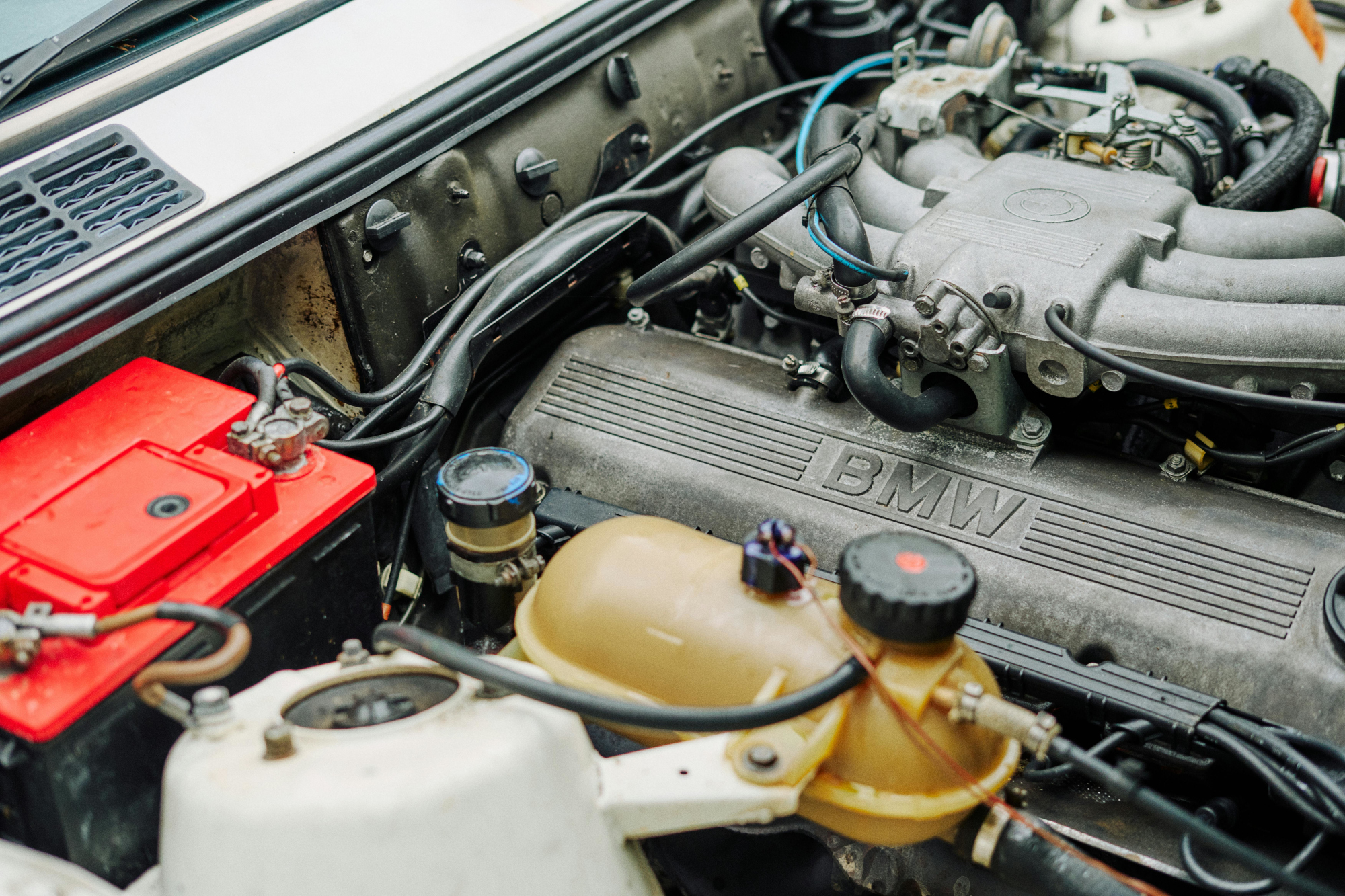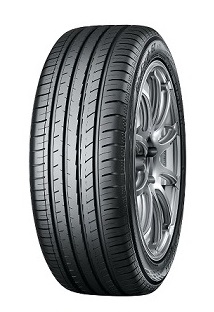Turbochargers are a big part of how modern cars and vans keep running smoothly. If your vehicle has an engine with a turbocharger, you probably enjoy better fuel economy and a more responsive drive. But just like any mechanical part, a turbocharger can wear out over time. When it does, it often gives you a few warning signs before it fails completely.
Knowing what to look for can help you act before a small problem becomes a much bigger one. If your turbo is starting to fail, here are five signs that it might be time to replace it.
Whistling or Whooshing Sounds That Were Not There Before
One of the most common signs of a worn-out turbo is a sudden change in the sound your vehicle makes. You might hear a loud whining or whistling noise, especially when you accelerate. This can happen if there is a leak in one of the air pipes or if the turbo’s internal components have started to wear down.
A light whistle on some vehicles is normal, but if it gets louder over time or sounds like a siren, it is worth checking. These noises often mean the turbo is no longer working as it should and could fail completely if left alone.
Thick Smoke from the Exhaust
Another warning sign that you need a turbo repair is thick or unusual smoke coming from your exhaust. If the seals in the turbo are failing, oil can start leaking into the exhaust system. This oil burns and creates smoke, which is often blue or grey in colour. You might also notice the smoke gets worse when the engine is under load or when you are driving uphill.
This sort of smoke is not only bad for the environment but also a clear sign that the turbo may need replacing. The longer you leave it, the more damage it can do to other parts of your engine.
Sudden Drop in Engine Performance
If your vehicle suddenly feels sluggish or slow to respond, the turbo might not be doing its job properly. A good turbo helps push more air into the engine, which supports better fuel combustion. When it starts to fail, your engine will not be able to get the same amount of air, which leads to a noticeable drop in how it drives.
Of course, there are other reasons a vehicle can feel slower than usual, such as a blocked fuel filter or an issue with the air intake. But if this is combined with other signs like odd sounds or smoke, the turbo is a likely cause.
Loss of Oil or Oil in the Wrong Places
Turbochargers rely on a steady flow of clean oil to stay lubricated and cool. If you are regularly topping up your oil and cannot figure out why, it could be leaking through a damaged turbo. In some cases, you might even find oil in the intercooler pipes or air intake system.
These leaks can often be hard to spot at first, but over time, they lead to further problems. If a turbo is leaking oil internally, it usually means the seals or bearings have worn down and the whole unit may need replacing. Ignoring this can lead to more serious engine problems later.
Warning Lights or Fault Codes That Keep Coming Back
Modern vehicles come with sensors that track how different parts of the engine are performing. If the turbo is not working correctly, it may trigger warning lights such as the check engine light or bring up fault codes related to boost pressure. These codes are often picked up during a routine diagnostic check.
While a single warning light could be something minor, repeated issues that do not go away after repairs are a good reason to look more closely at the turbo. A trusted mechanic can check if the problem is caused by the turbo or something else in the system.
Whether it’s a Skoda turbo, a Ford, Volkswagen, or a BMW, they will generally have universal warning lights for engine issues.
Why It Is Worth Replacing a Faulty Turbo Sooner Rather Than Later
Driving with a failing turbo is not only frustrating but can lead to more expensive repairs down the line. A worn turbo can affect fuel economy, produce harmful emissions, and even cause damage to the engine if oil or debris gets into places it should not be.
Whether you choose a new OEM turbocharger or a remanufactured option, replacing the unit at the right time helps keep your vehicle running smoothly. Remanufactured turbos are fully restored to meet high standards and are often a more budget-friendly option without cutting corners on quality.
Finding the Right Turbo for Your Vehicle
If you think your turbo might be on its way out, the best first step is to identify the exact part your vehicle needs. The part number is usually printed on the old turbo itself, or you can use your vehicle’s registration or model details to search for the correct match. Some suppliers also have online tools or customer service teams to help you find what you are looking for.
Once you have the right part, it is a matter of choosing between new and remanufactured. Both can work well if they come from a reliable source and meet the standards your engine needs.
Closing Thoughts
Your vehicle’s turbocharger is one of those parts you might not think about much until something goes wrong. But by knowing what signs to look for, you can avoid being caught out by a failing turbo. Strange noises, smoke, oil leaks, and performance issues are all early warnings. Catching them early could save you money and help your vehicle stay on the road longer.








